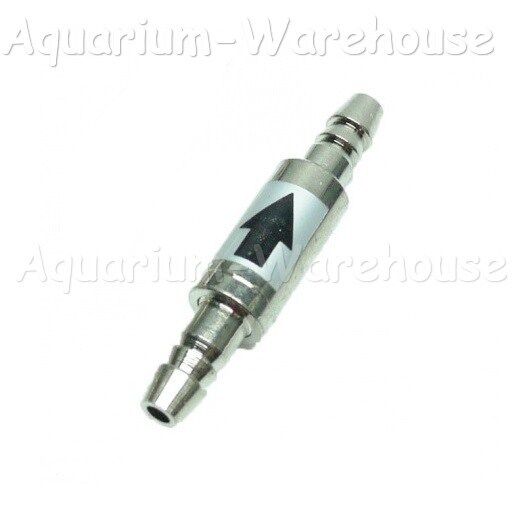i must have way too much time on my hands but thought about this myself and wondered about if i should run bigger fuel line on my .91's. in the 35 years of nitro modeling i have always ran MED size in every thing from a .21 to .91 and have NEVER had an issue.tried the LARGE size on my .91 and it DID NOT make 1 difference in the way the boat ran from low speed to WOT. the motor is only going to take in a certain amount of fuel and then it is going to be metered by the spray bar.this goes for boats,planes,cars,etc.Andy,i was told by our friend Al Chinnelli many years ago about larger pipe fittings and larger fuel line to the pipe would make MORE power and have NEVER seen any difference at all in power or throttle response.PS sort of off topic,anyone who says you have to run the remote needle in front of carb is lost. 95% of all of my boats,the needle is BEHIND the motor.as far as the shorter the line is holds some merrit but some hull designs you cannot always get the neddle where you want it.
Hi Michael,
Your 90 did not see a difference because it is set up to run on a relatively small amount of fuel. For instance OPS, Picco, Rossi, CMB have supplied ALL of their marine engines with a 1.5mm spraybar bore for decades. That includes .21s and .90s
Boaters simply adapted to the small spray bars on .67 and larger engines by running small bore carbs , big head volume and small stinger bores to build more tank pressure.
This makes the 90 engine work with a wide variety of fuel delivery systems, restrictive or not so restrictive.
Some time in the late 70's or early 80's John Finch wrote an article on engines and stated that .90 engines ran better with smaller carbs. He stated a specific limit. I forget the size, but it was small. Maybe .390" or .435" max.
Aside from the MAC 67/84 being supplied with a .550" carb, no manufacture has supplied .90 engines with anything bigger.
A MAC 67 with small lines would have problems that would be noticeably cured with the use of large fuel lines.
The amount of nitro makes a difference too. 25% nitro, small lines are fine. 60-70% nitro, small not so good.
Aside from the inconvenience of having the long lines, the rear mounted mixture valve works fine. We have mounted it behind the engine on the Sg/SGX for the last 20 years.
However, we have recently provided more space between the engine and tank to mount the mixture valve in the newest SGX boats, because there is a benefit.















































